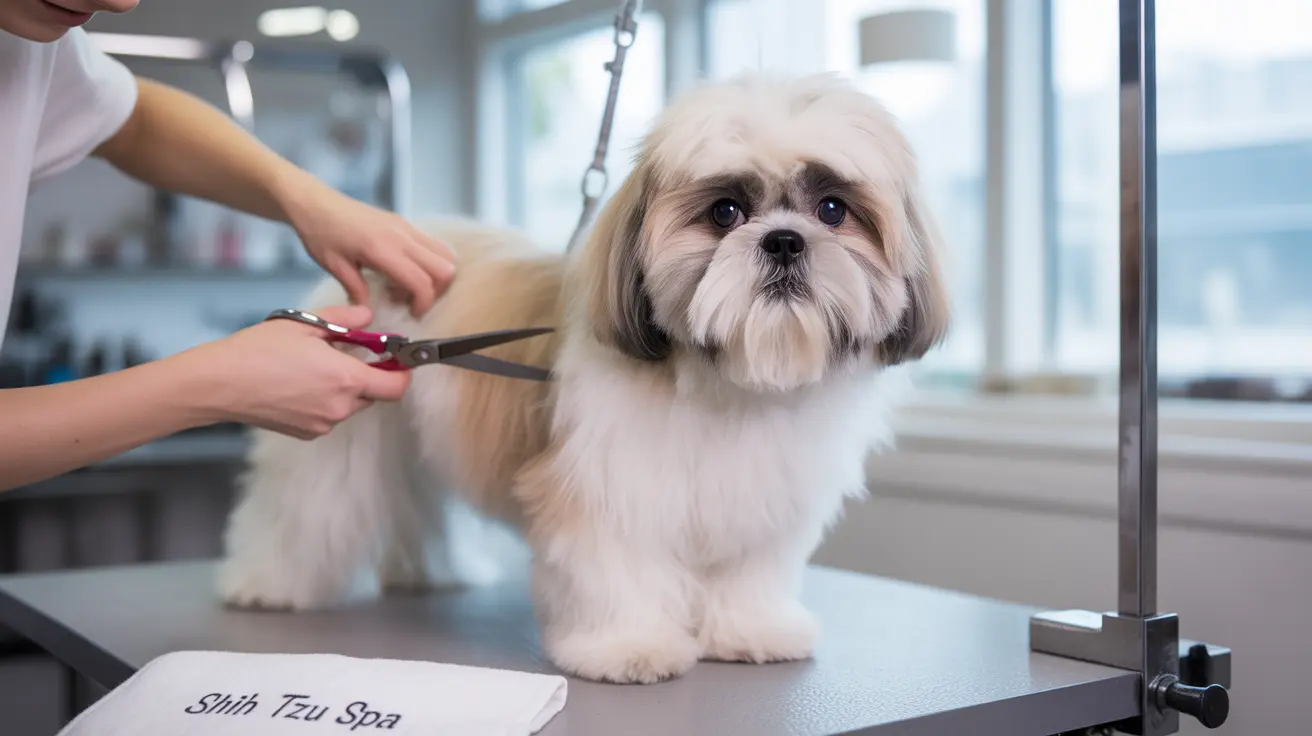Understanding Dog Sanitary Trims
A sanitary trim involves carefully cutting the fur around your dog's private areas, including the genitals, anus, and lower belly. This grooming procedure is particularly crucial for long-haired breeds and dogs who might have difficulty keeping themselves clean. Professional groomers use specialized tools and techniques to ensure your pet's comfort and safety during the process.
Benefits of Regular Sanitary Trims
Hygiene and Health Benefits
Regular sanitary trims offer numerous advantages for your dog's health and comfort:
- Prevents matting and tangling of fur in sensitive areas
- Reduces the risk of urinary tract infections
- Minimizes bacterial growth and skin infections
- Controls odors effectively
- Makes it easier to spot potential health issues early
Comfort and Cleanliness
Dogs with properly maintained sanitary areas experience greater comfort during daily activities. Clean, trimmed fur means less chance of discomfort during bathroom breaks and reduced risk of fecal matter or urine becoming trapped in the coat.
Professional vs. DIY Sanitary Trims
While some pet owners opt to perform sanitary trims at home, professional grooming often provides the safest and most effective results. Professional groomers have:
- Specialized training and experience
- Professional-grade tools and equipment
- Knowledge of breed-specific requirements
- Ability to handle nervous or difficult dogs
- Skills to identify potential health concerns
Frequency and Maintenance
The frequency of sanitary trims depends on several factors:
- Coat type and length
- Breed characteristics
- Age and mobility
- Overall health condition
- Season and climate
Most dogs benefit from a sanitary trim every 6-8 weeks, though some may need more frequent maintenance.
Special Considerations for Different Breeds
Different breeds have varying needs when it comes to sanitary trims:
Long-haired Breeds
- Shih Tzus
- Maltese
- Yorkshire Terriers
- Poodles
- Afghan Hounds
Short-haired Breeds
While short-haired breeds might need less frequent trimming, they can still benefit from occasional sanitary maintenance, especially senior dogs or those with mobility issues.
Frequently Asked Questions
What exactly is a dog sanitary trim, and which areas does it cover?
A dog sanitary trim involves cutting the fur around the dog's private areas, including the genitals, anus, and lower belly region. This grooming procedure helps maintain cleanliness and prevent hygiene-related issues.
How often should I get my dog's sanitary trim done based on breed and coat type?
Most dogs need a sanitary trim every 6-8 weeks, but long-haired breeds might require more frequent trims. The frequency depends on your dog's coat type, lifestyle, and individual needs.
Why are sanitary trims important for preventing infections and discomfort in dogs?
Sanitary trims prevent matting and accumulation of waste in the fur, reducing the risk of bacterial infections, skin irritations, and urinary tract infections. They also help maintain proper hygiene and comfort for your pet.
Can I safely perform a sanitary trim on my dog at home, or should I hire a professional groomer?
While it's possible to perform sanitary trims at home, professional groomers are recommended due to their expertise, proper tools, and ability to handle sensitive areas safely. DIY grooming requires careful attention and proper equipment to avoid injuries.
Which dog breeds or conditions make sanitary trims especially necessary?
Long-haired breeds like Shih Tzus, Maltese, and Poodles particularly need regular sanitary trims. Additionally, elderly dogs, overweight pets, or those with mobility issues benefit greatly from this grooming procedure.
Conclusion
A regular dog sanitary trim is more than just a grooming preference – it's an essential aspect of your pet's health and hygiene routine. Whether you choose professional grooming or careful DIY maintenance, keeping your dog's sensitive areas clean and well-trimmed will contribute significantly to their comfort and overall wellbeing.






